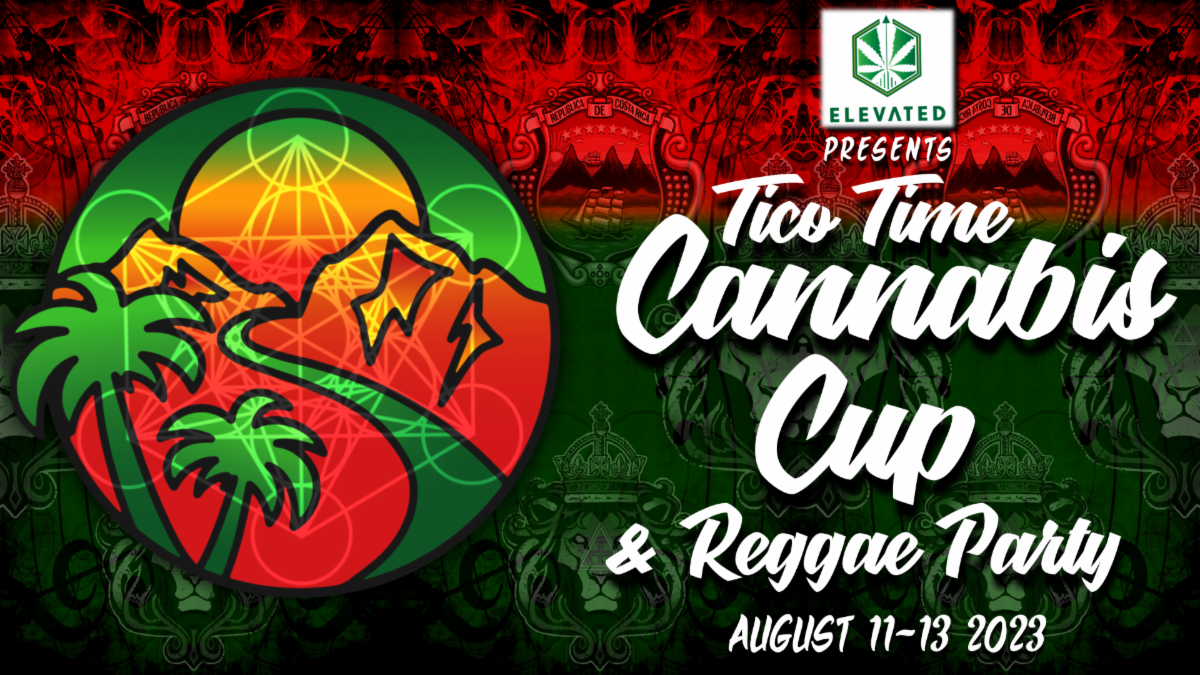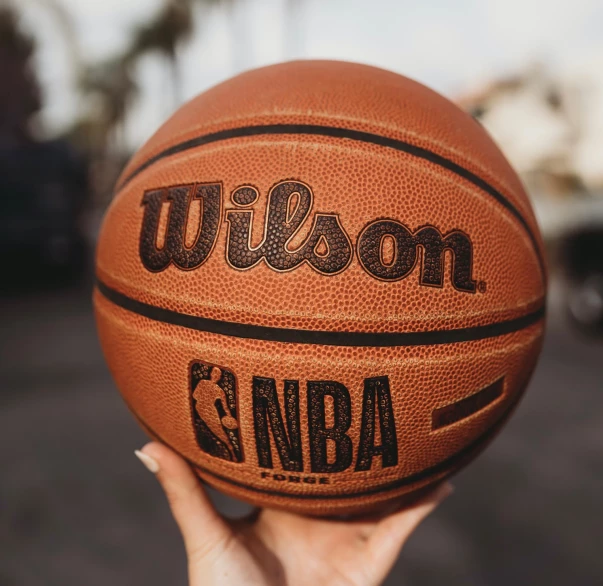 CBD oil is the top trendy ingredient on the market right now. It’s so popular, in fact, that revenue from products made with CBD are projected to grow to $20 billion by 2024.
CBD oil is the top trendy ingredient on the market right now. It’s so popular, in fact, that revenue from products made with CBD are projected to grow to $20 billion by 2024.
In case you’re wondering what is CBD, exactly?, here’s a quick refresher: CBD is a naturally occurring compound present in the flowers and leaves of cannabis plants. There’s no THC in it, which means it can’t get you high, no matter how much you take.
The reason CBD is so compelling to consumers is due to a laundry list of promising purported health benefits, from reduced muscle pain and anxiety to help with nausea, insomnia, and inflammation. We’re still waiting for clearance from the FDA (and more robust research on the proven perks of the ingredient), but in the meantime, many Americans are eager to test out the positive potential of CBD.
If you’re wondering whether it’s time to jump on the CBD bandwagon, you’re not alone. But as with any new food, drink, or supplement that promises health benefits, it’s best to start slow—and smart.
One question we often hear regarding trying CBD for the first time is how long it will take to have an effect on your body. According to Boris Shcharansky, the chief operating officer at Papa & Barkley, the length of time depends largely on the dosing method. Here’s a simple breakdown.
Topical forms of CBD
CBD topical products, like balm, ointments, and lotions, should take effect pretty immediately. Once you apply these products to your body, you should start feeling relief within about 15 minutes.
Ingestible forms of CBD
For ingestible products, like tinctures, capsules, gummies, and the like, the results are different. When kept under the tongue, tinctures typically absorb within 30 seconds and effects are felt within 15 minutes. When ingesting CBD (i.e., swallowing it or consuming a food that contains CBD), you can expect to feel the effects within about 45 minutes to two hours.
Don’t overdo it without waiting
If you’ve got aches, inflammation, or other issues that you’re hoping to soothe with CBD stat, be very careful not to overdose without waiting the appropriate period of time. “Ingesting CBD is typically associated with more attentiveness, less anxiety, and less inflammatory-related pain,” explains Shcharansky. “While higher doses—over 200 milligrams—have been associated with drowsiness.”
In other words, dosing should be determined on an individual basis, and consumers should be wary of high doses early on. If you’re curious what the right dosage of CBD is for you, read our guide here.
For those who are hoping to feel the effects of CBD as quickly as possible, Shcharansky recommends taking a tincture sublingually, meaning dropping it under your tongue, waiting a few seconds, and then swallowing.
“But the benefits of CBD are less about immediate effects and more about cumulative benefits,” he explains. “If you take CBD daily, you’ll continuously reduce your inflammation, which over time, should reduce your pain and keeps flare-ups at bay.”
Arictle courtesy of RealSimple.com



